Manali: For winter school, students of Architecture, Planning, Design and Construction Technology from CEPT University Ahmedabad spent ten days studying vernacular architecture, craft traditions and lifestyles of Kullu valley at Naggar, an old capital of the Kullu principality that is littered with many heritage buildings, which includes temples. The course was organised in collaboration with Himalayan Brothers Adventure (HBA), a local outfit.

Speaking about the experience gained by the visiting students Brigu Raj Acharya, president HBA said, “rather than studying buildings from the outside, we organised for the students to stay in Kathkuni an indigenous style of house building in hilly areas of Himachal Pradesh ) homes, cook, dance and interact with locals, so that the students could learn more about the folk life style in area.”

“Hearing the stories from the elder members of the community, learning crafts like weaving, spinning, mandri (local mat) and knitting, wood carving from artisans all helped in mapping the local wisdom and knowledge,” said Acharya.
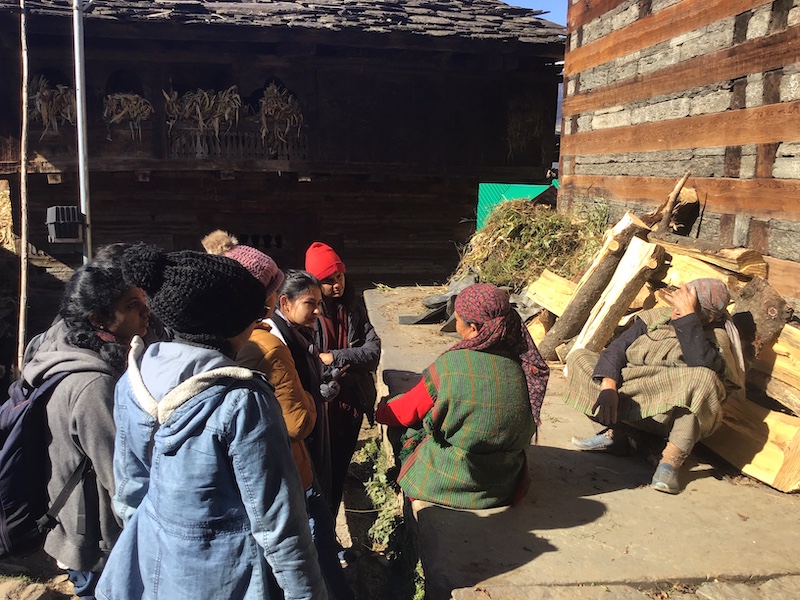
The Ahmedabad students also keenly observed the changing nature of homes taking place with coming about social changes. One important aspect of the course was understanding the landscape and the special importance of the forest as a vital resource for the community.
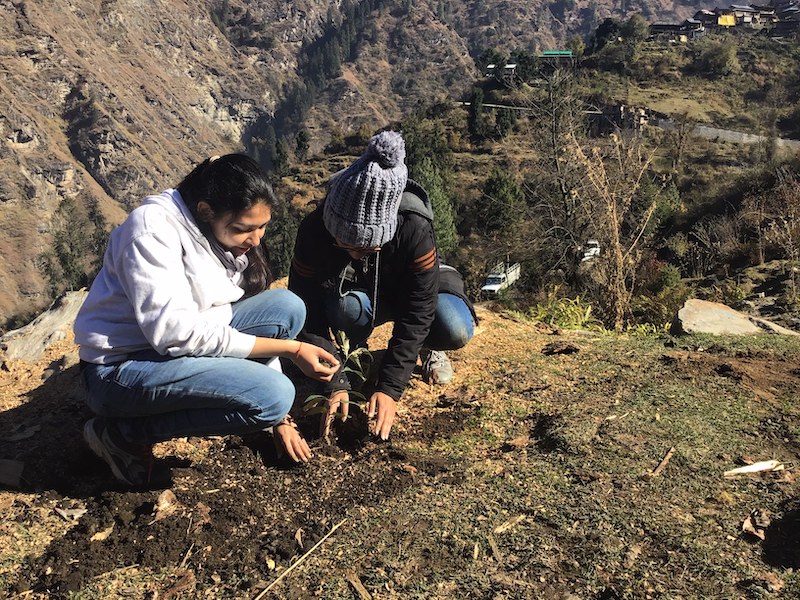
As a gesture to give back to the community that hosted the students, they alongside with members of HBA and the to plant about 1000 trees of wild oak and walnut on the slopes of Pulag.
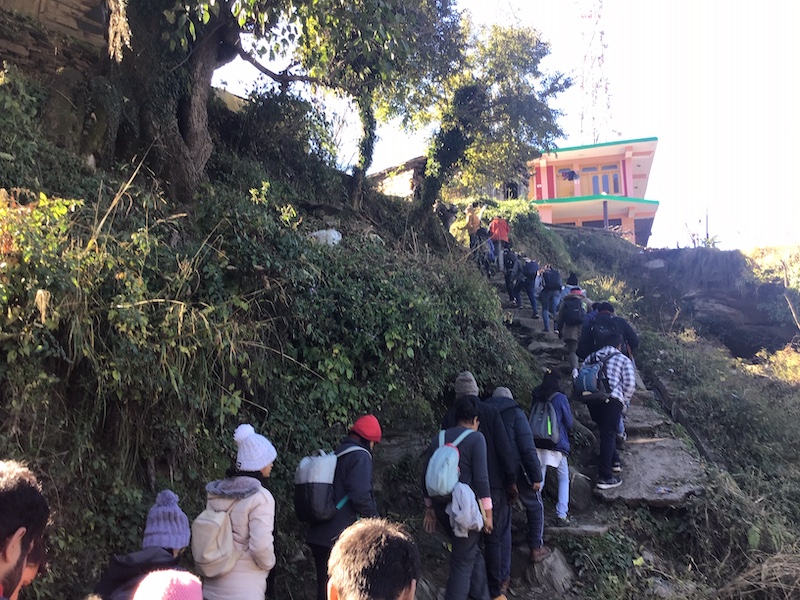
HBA is a Naggar based organisation which has been working on various community-oriented projects for more than eight years. Starting with installing dustbins all around Naggar and getting local youth involved in various beautifying and cleaning projects, they have also expanded their activity to educating students from Design and Architecture schools like Srishti Institute – Bangalore, CEPT University – Ahmedabad and APG Institute – Noida about the culture and traditions of Kullu Valley.
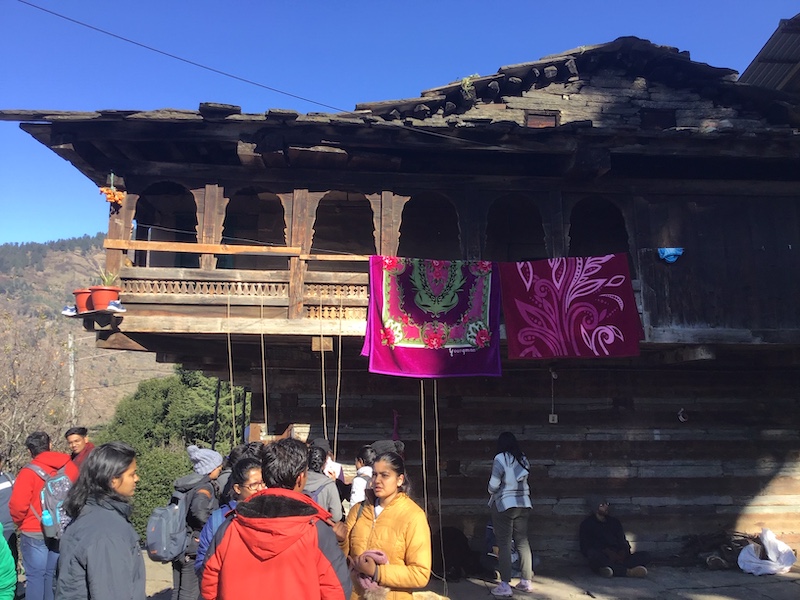
In July 2019, students of APG Institute – Noida in collaboration with HBA had planted about 1200 pine trees for an effort to revive the forest areas of Jhiri-Naggar.
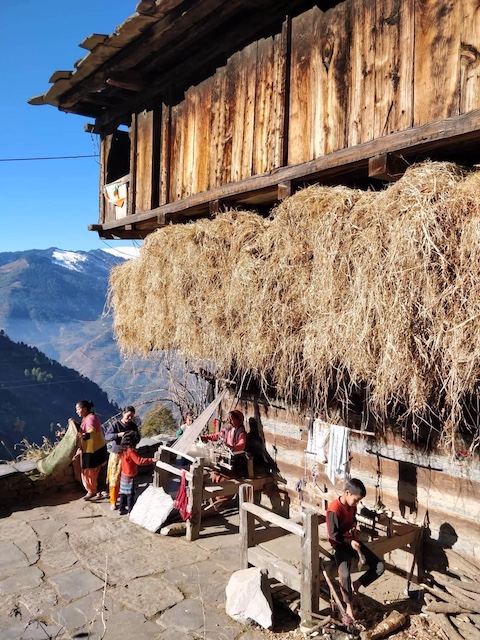
Offering a commanding view of the Beas river valley, Naggar is a quiet village with a rich heritage. Before the erstwhile royal family moved to Kullu in 1660 AD, it was from Naggar that the region was governed. Remnants of the times are scattered all over the place. The Naggar Castle is now a heritage hotel. The temples of Tripura Sundari, Gauri Shankar and Sheetla Mata speak about the craftsmanship of the valley artisans. Nicholas Roerich, a famed Russian painter and explorer, was so enamoured by Naggar that he settled and died here on 13th December, 1947. His house has been converted into a museum with an art gallery.
A theater artist, a script writer and a TV anchor, news is something that grips Renuka. She lives in Kullu.




